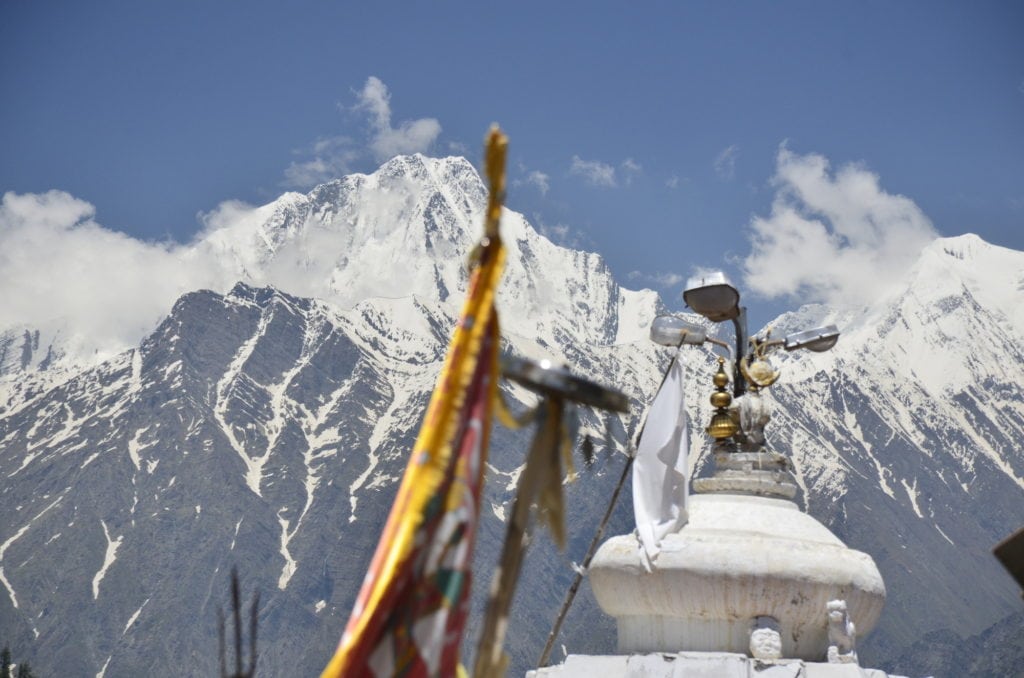Samatva
Byte Sized Travel Stories
people, places and stories.
nothing else.
just the trivial things.......
that make travel interesting....
and memorable
- All (75)
- Footsteps of Rama (3)
- Himachal (16)
- Quiz (0)
- Temples (16)
Lessons 14 and 15
Lesson 10
Lesson 8
Lesson 9
Lesson 7
Lesson 5
Lesson 4
Lesson 3
Lesson 2 Part 2
Lesson 2 Part 1
Lesson 1
Harmony lived each day, Triloknath
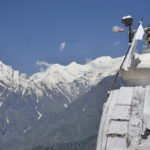
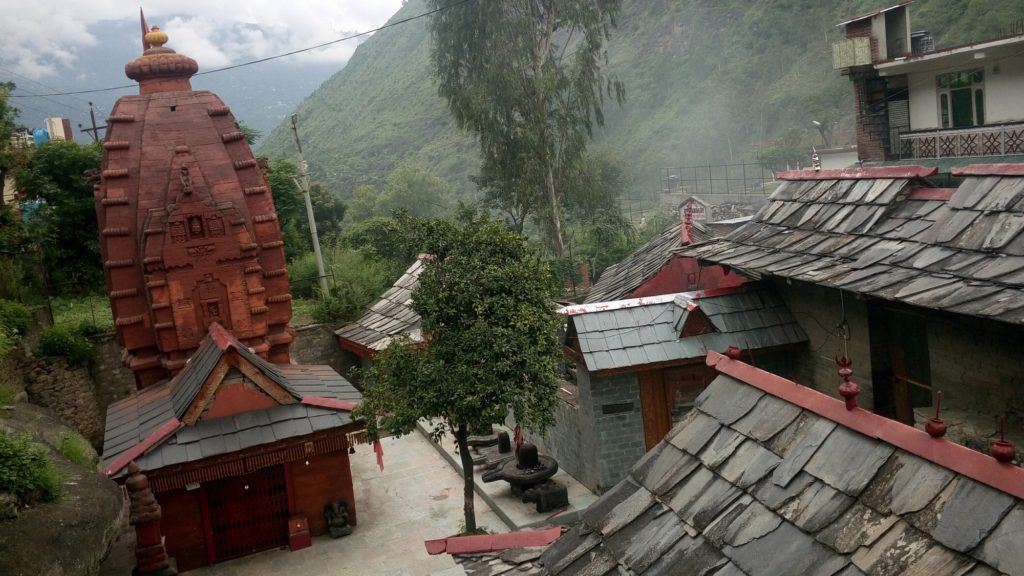
Sun Temple of Sutlej Valley, Nirath
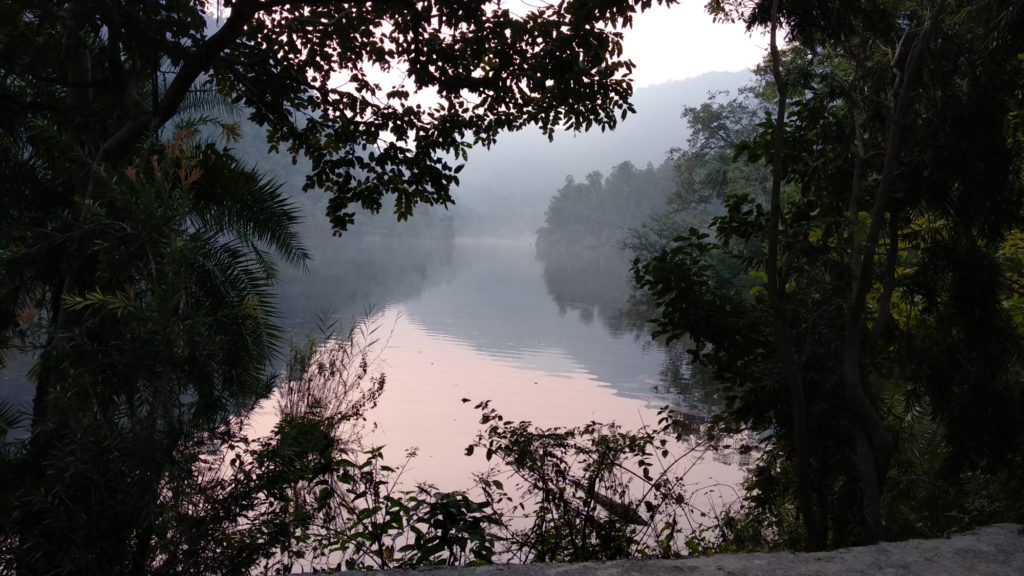
Lake placid at Renukaji
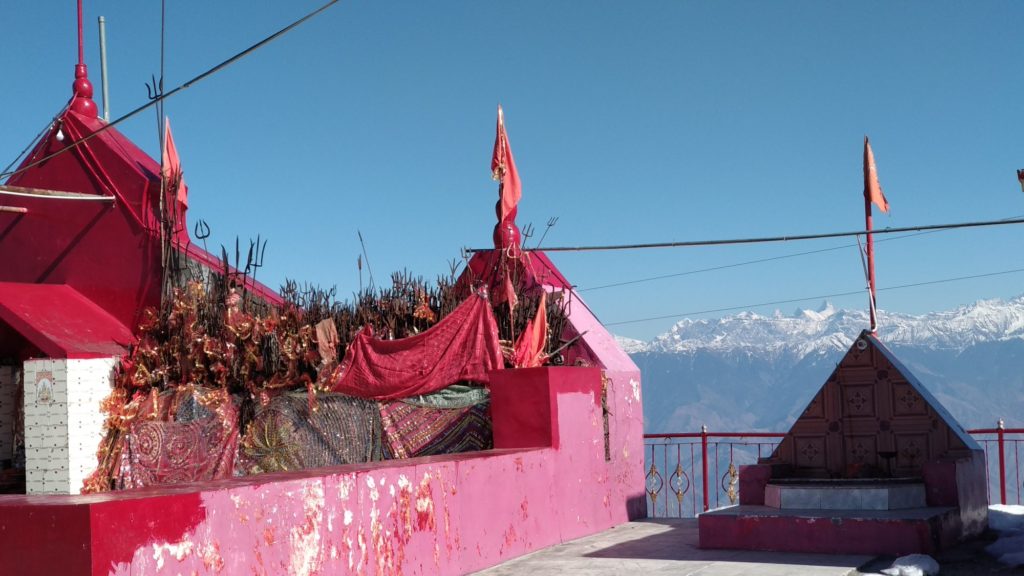
Mataji, Mountains and Maggi, Dainkund
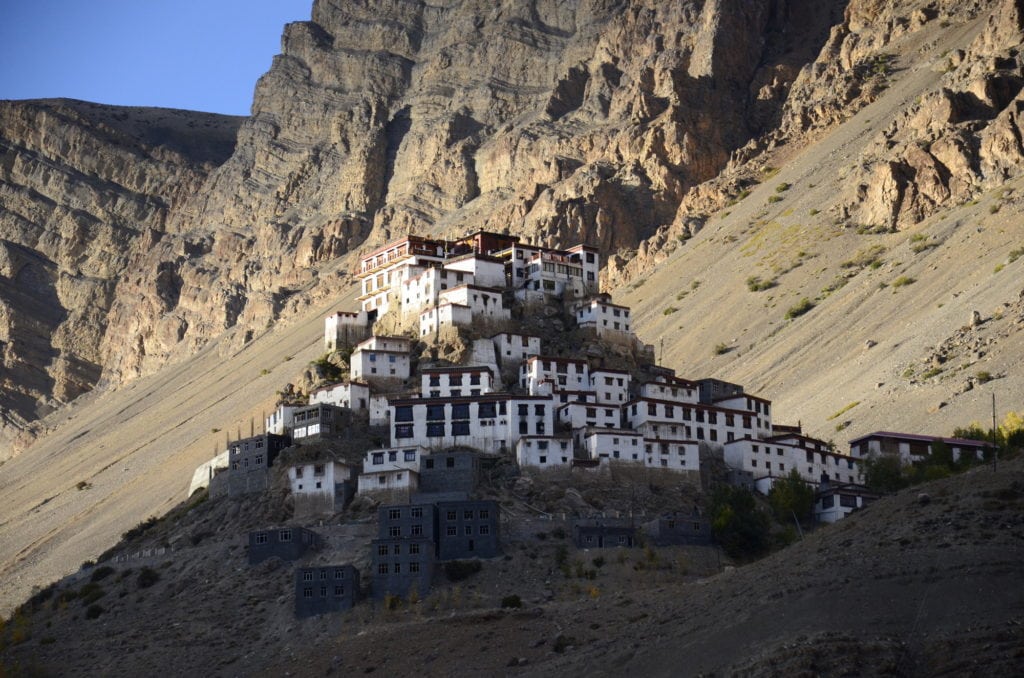
The pleasure of doing nothing at Ki
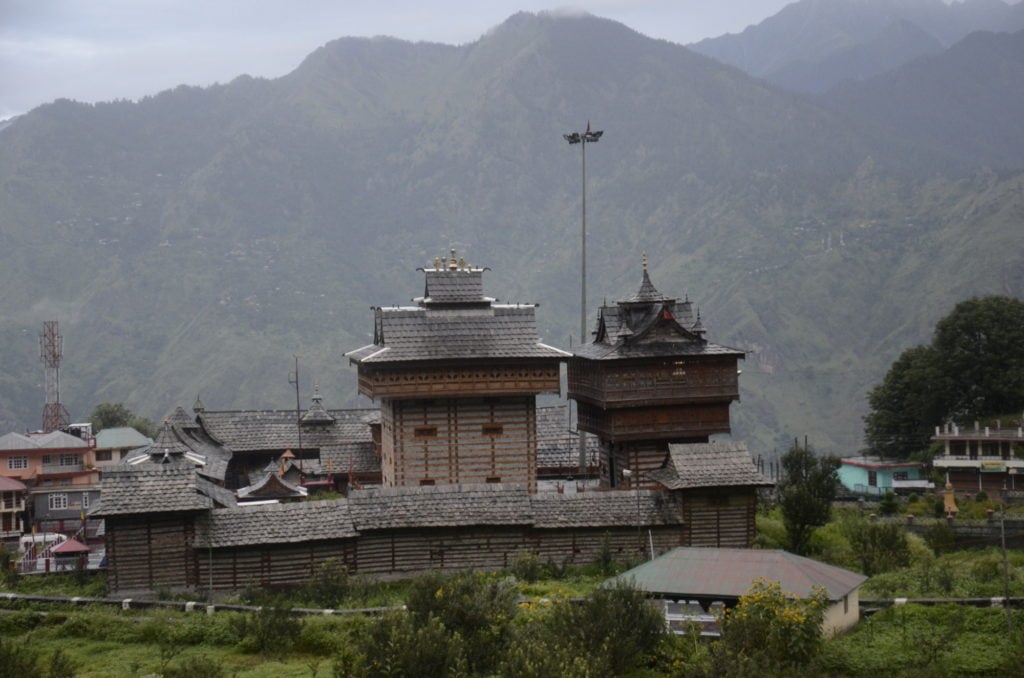
One of her kind, Bhimkali at Sarahan
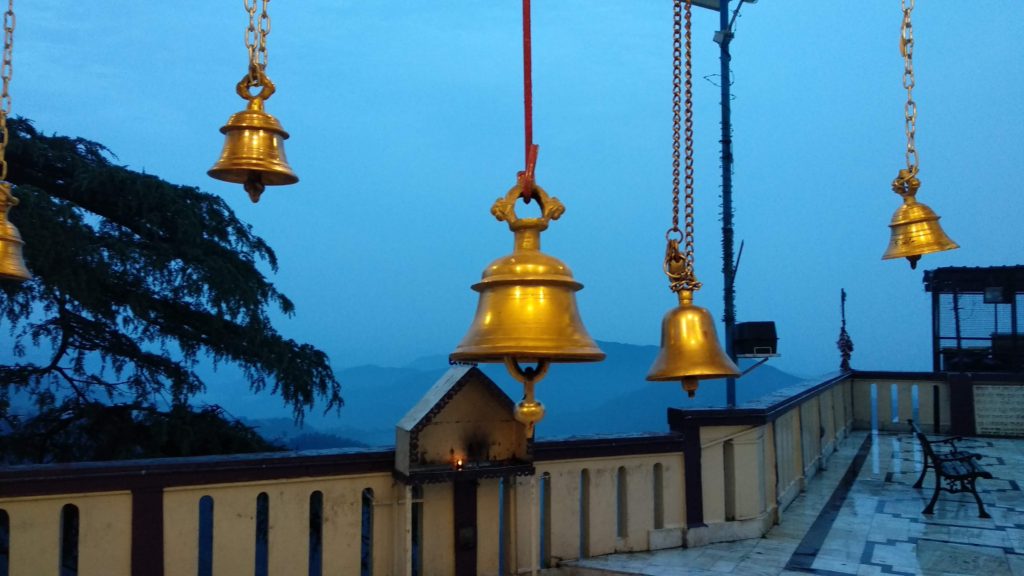
Everyday life at Kali Bhari, Shimla
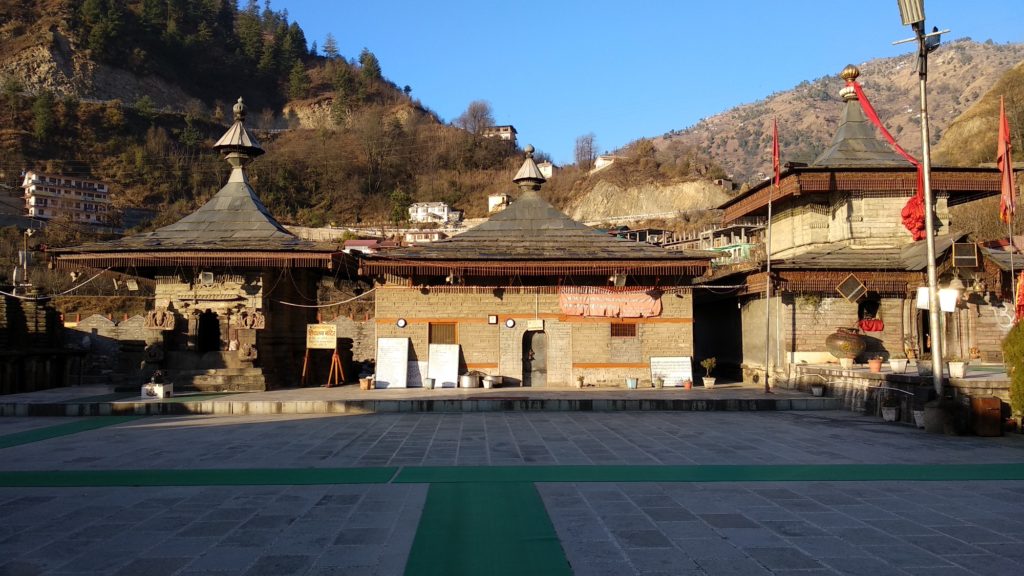
Hatkoti, on its own
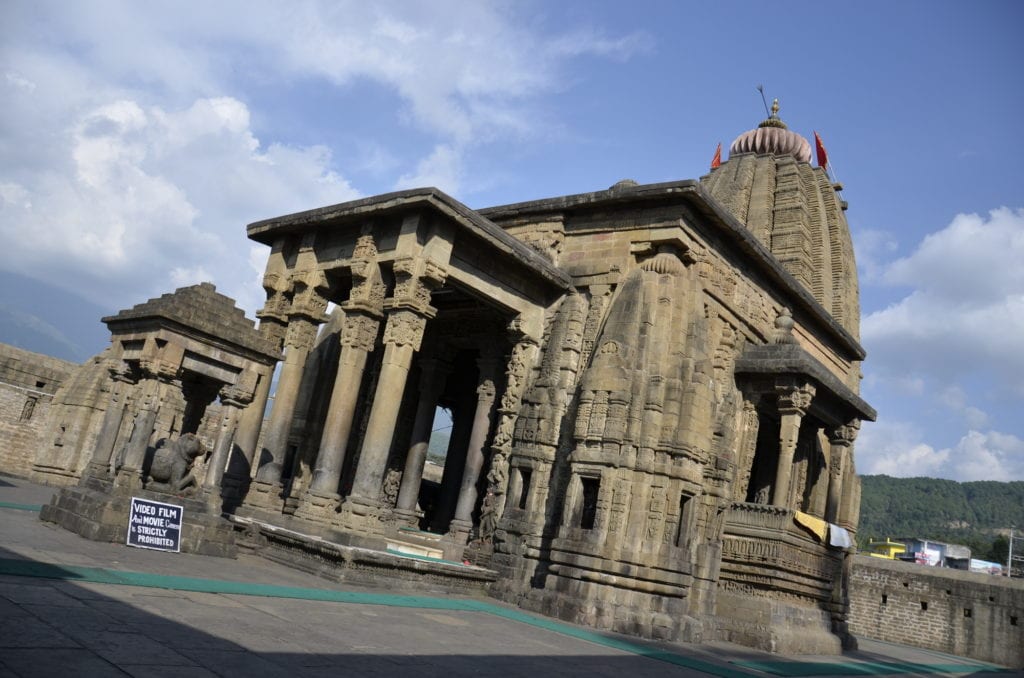
Perfect setting for the soul. Baijnath
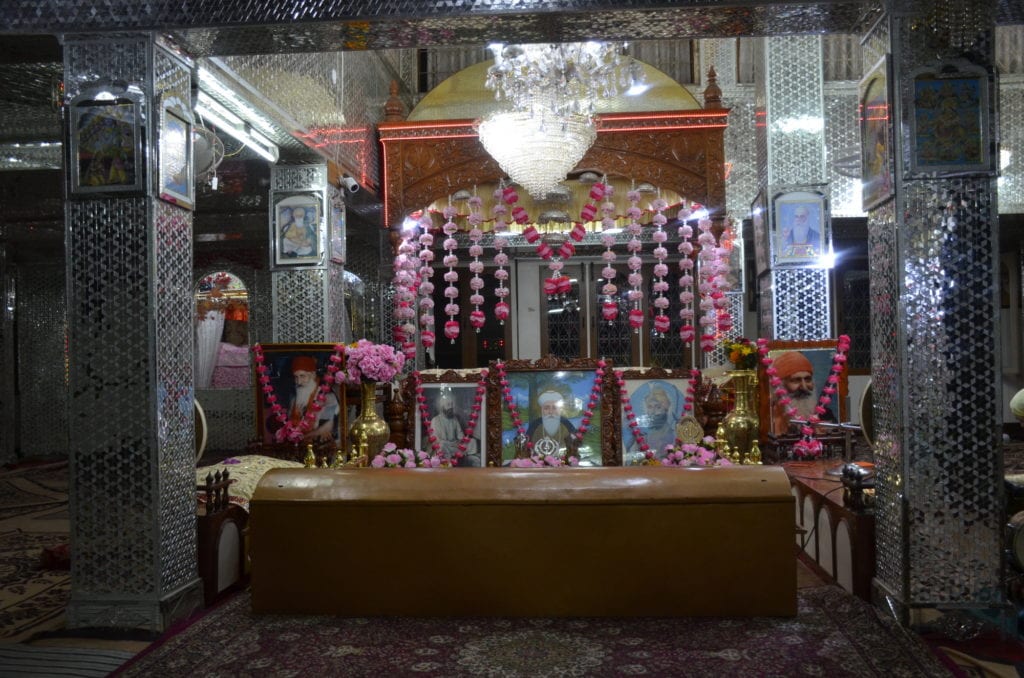
Variety of Manikiran
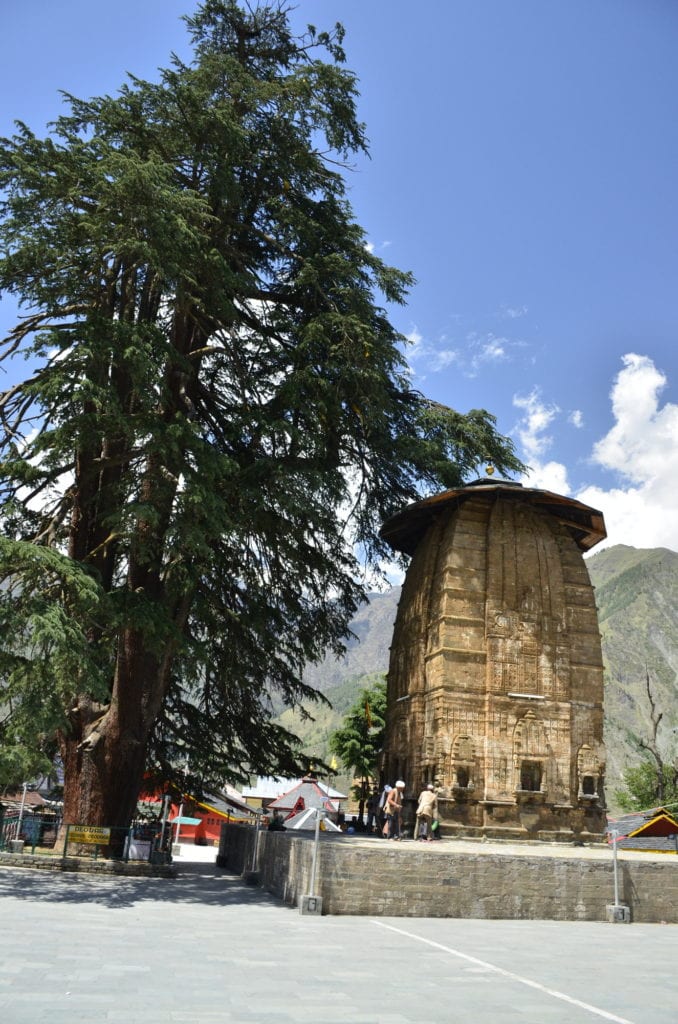
Land’s end at Bharmour
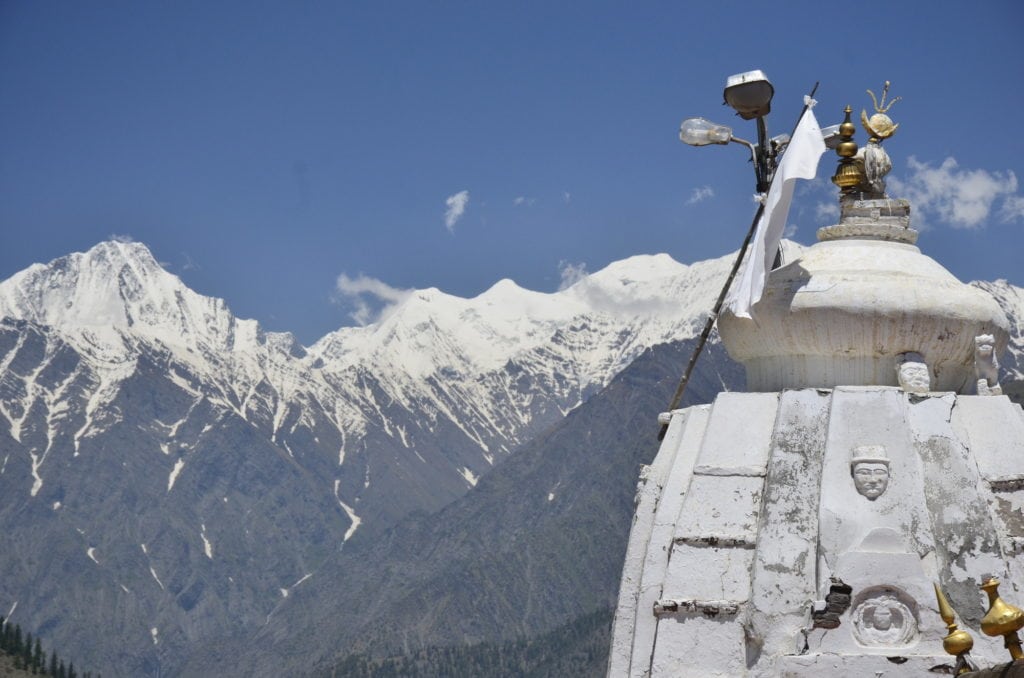
Harmony lived each day, Triloknath
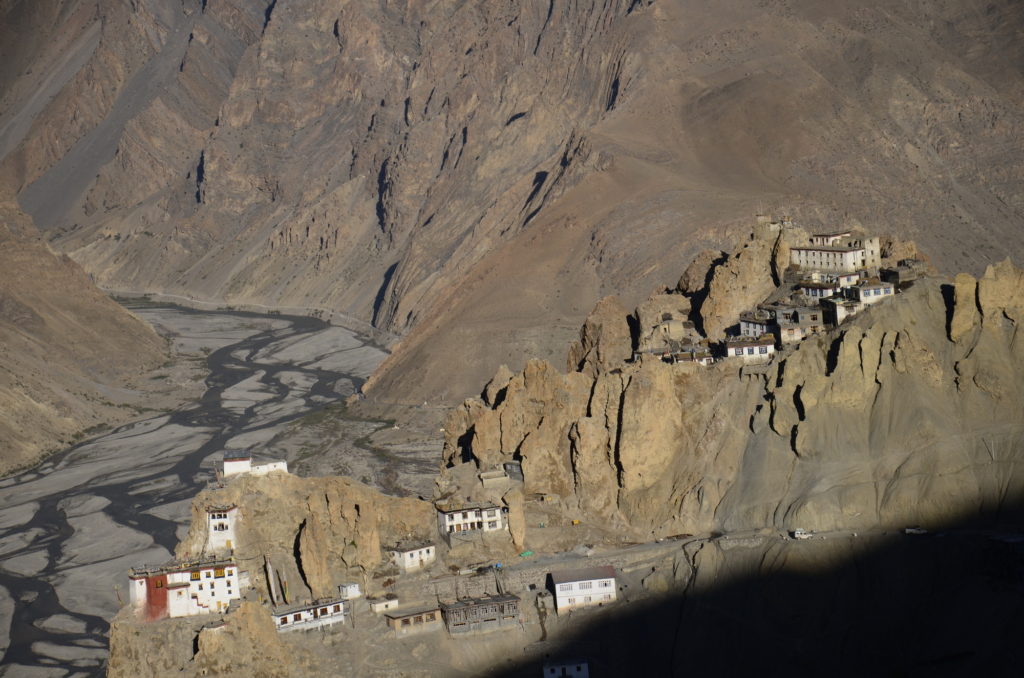
Coming out of Mud, Dhankar
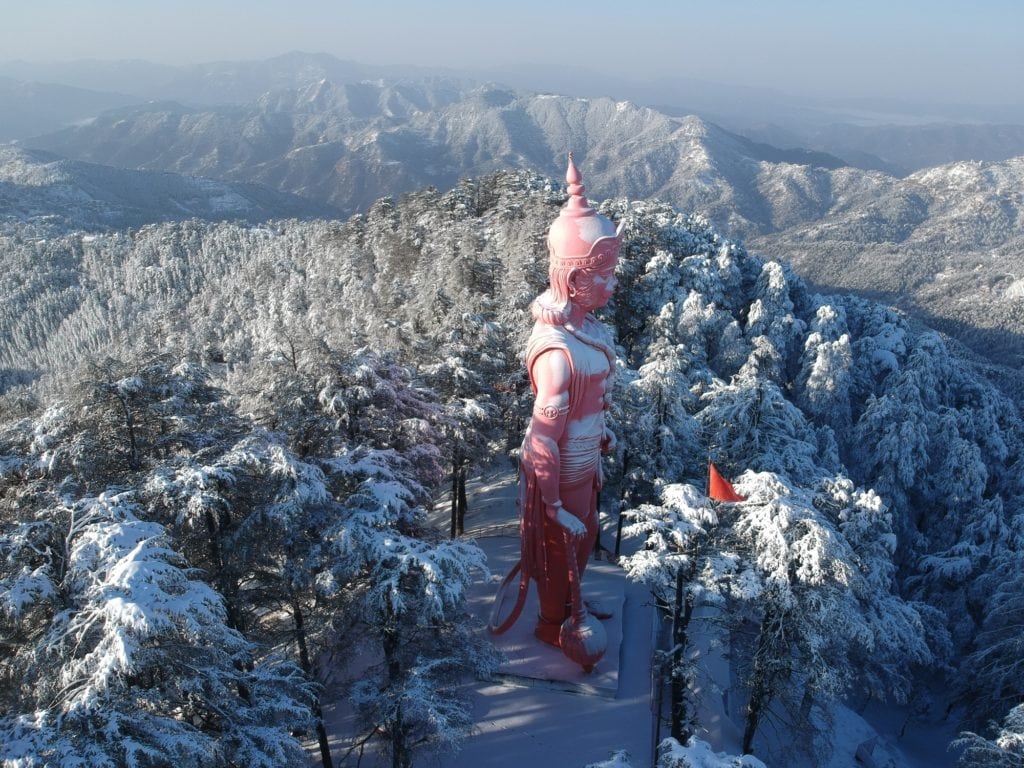
Hanumanji at hilltop, Shimla
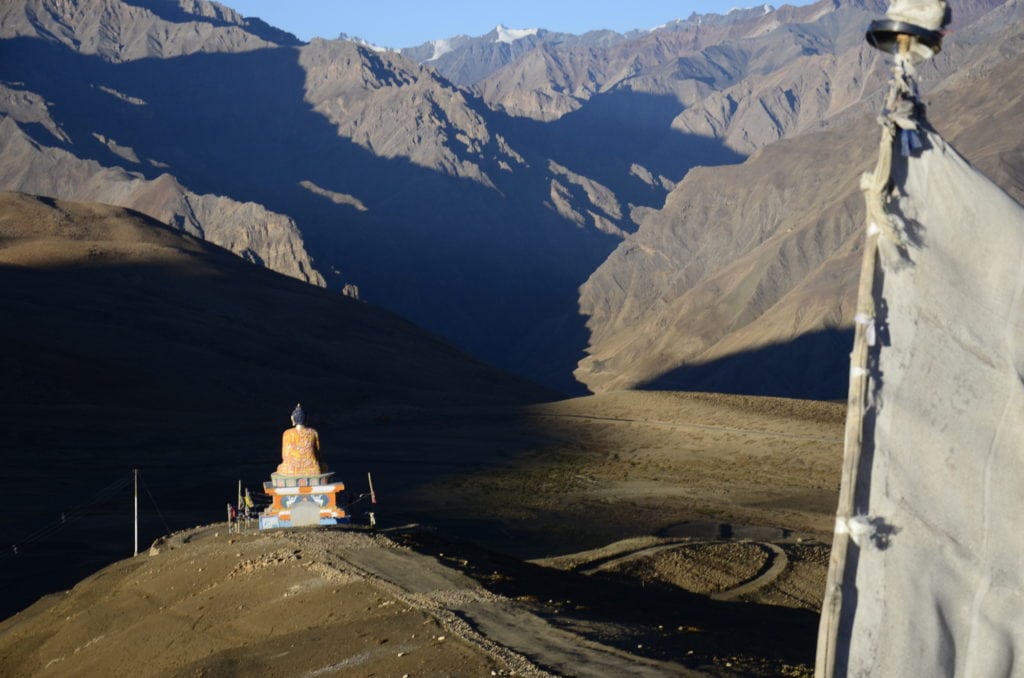
The perspective of Buddha, Langza
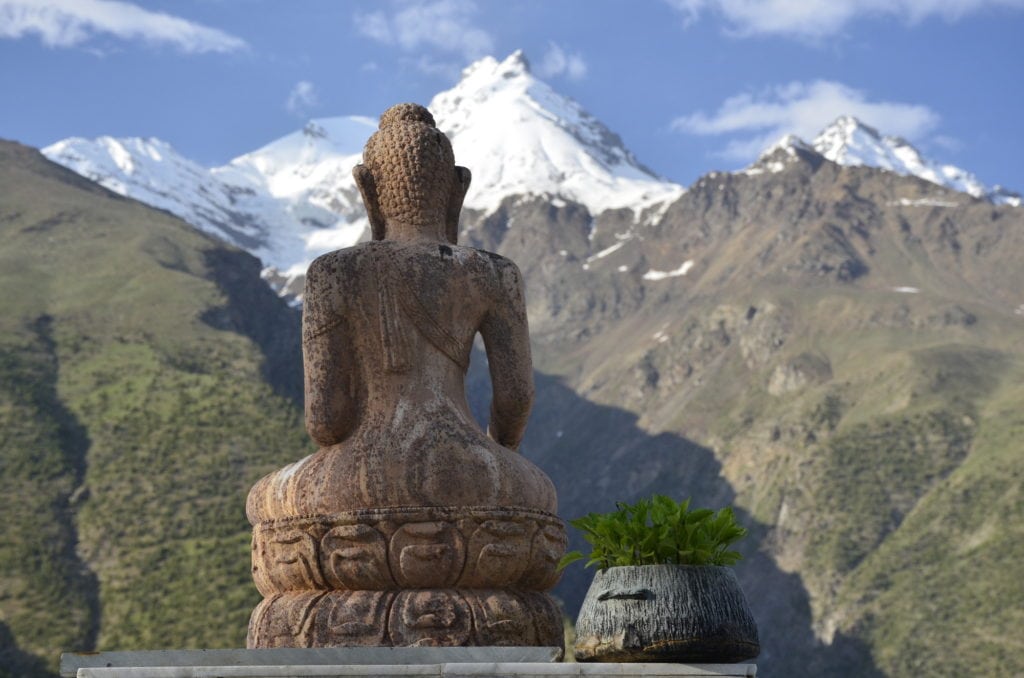
Philosophy at a glance, Kardang
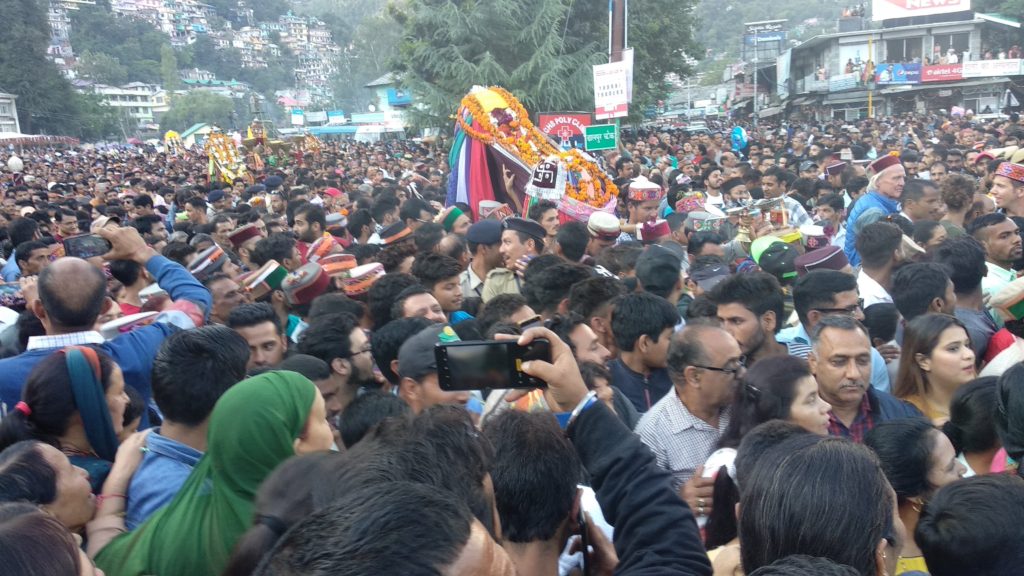
When the whole town is a temple, Kullu Dussehrah

The perspective of Buddha, Langza
Langza. Temples of Himachal ….12
The river Spiti is the spine of the region and Kaza, the largest town. It is about 3800 meters altitude. The river valley is somewhat narrow and hardly has any vegetation along it. A number of villages rise up the valley at different heights. Each has a patch of land, some large, some small, that surprisingly is cultivable.
Langza is one such village. It has less than 150 people. It is at 4250 meters. It is a sharp climb from the valley on barren mountain face. The road snakes through gaps in the mountains and then it suddenly opens up to the vista. You can see tiny specks of the village and houses at a distance.
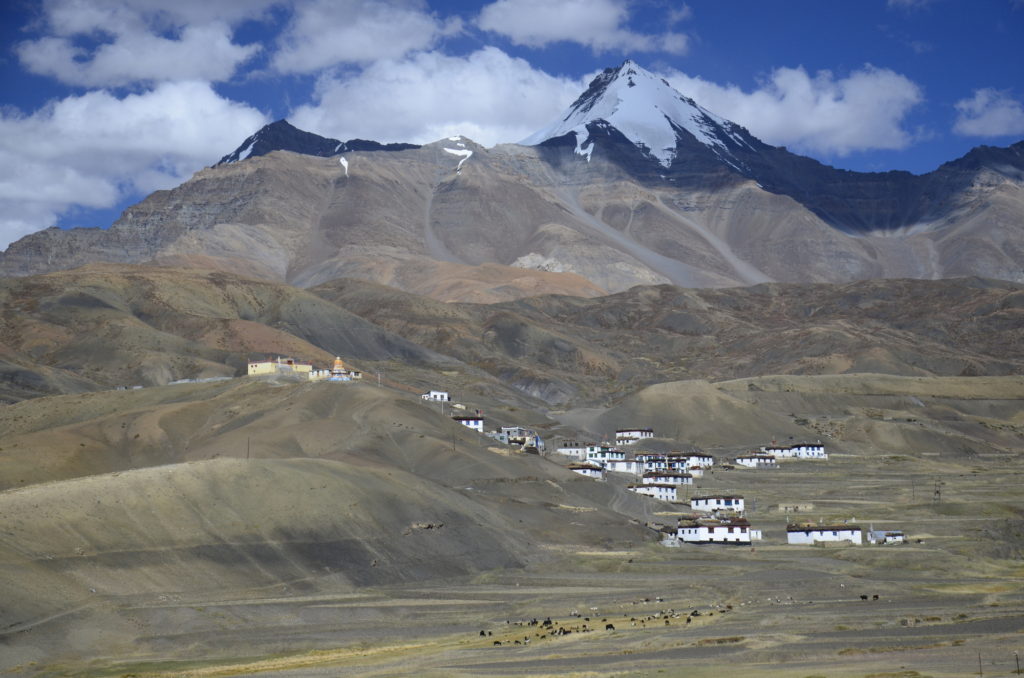
The first glance of Langza
The centrepiece of the village is the Buddha statue, giant, maybe 40 or 50 feet high. He overlooks the vast plains and it is difficult to get a sense of proportion with all that space. Right behind the Buddha is the 21000 feet Chau Chau mountain. With snow all around the year, it looks like a ice cream cone.
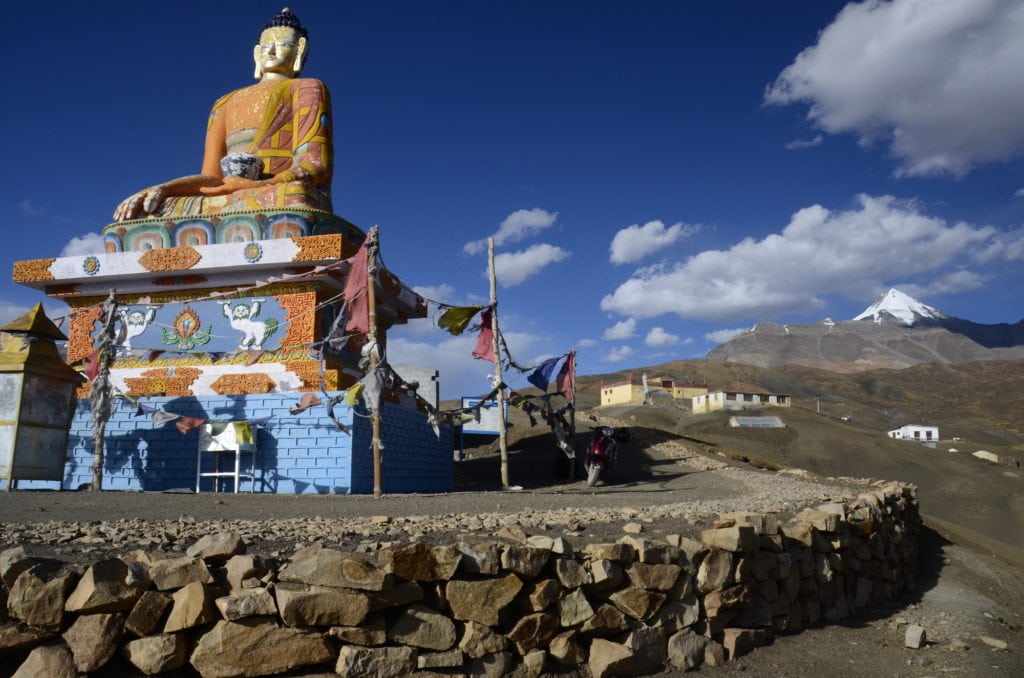
Buddha and Chau Chau mountain
There are a couple of houses that host guests. When I reached early afternoon there was no one around at the place I was planning to stay. A toddler asked me to settle down and said his dad will come in a while. Time kind of doesn’t make sense here and he eventually came, hosted, guided and cooked for me. The womenfolk are totally engrossed in the farm work and don’t waste a minute of sunshine in late summer. Langza is also known for fossils which I didn’t buy from the two women bent on selling to me. I should have. I had plans for Annapurna in the autumn and thought I’d buy them there. I should have bought some in Langza.
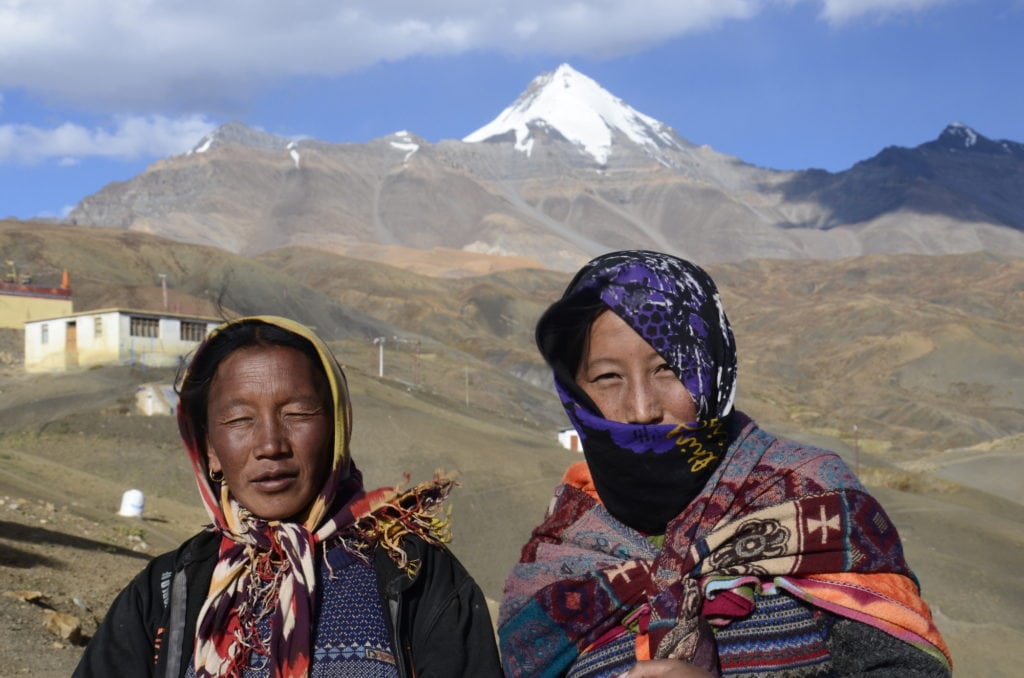
High street retail at Langza, Fossil sellers
Langza also leads up to Hikkim which the world’s highest post office; and further on to Komic which has a road at 4600 meters.
Langza and the Buddha, at 4250 meters, more than take the breath away. It is a different perspective.
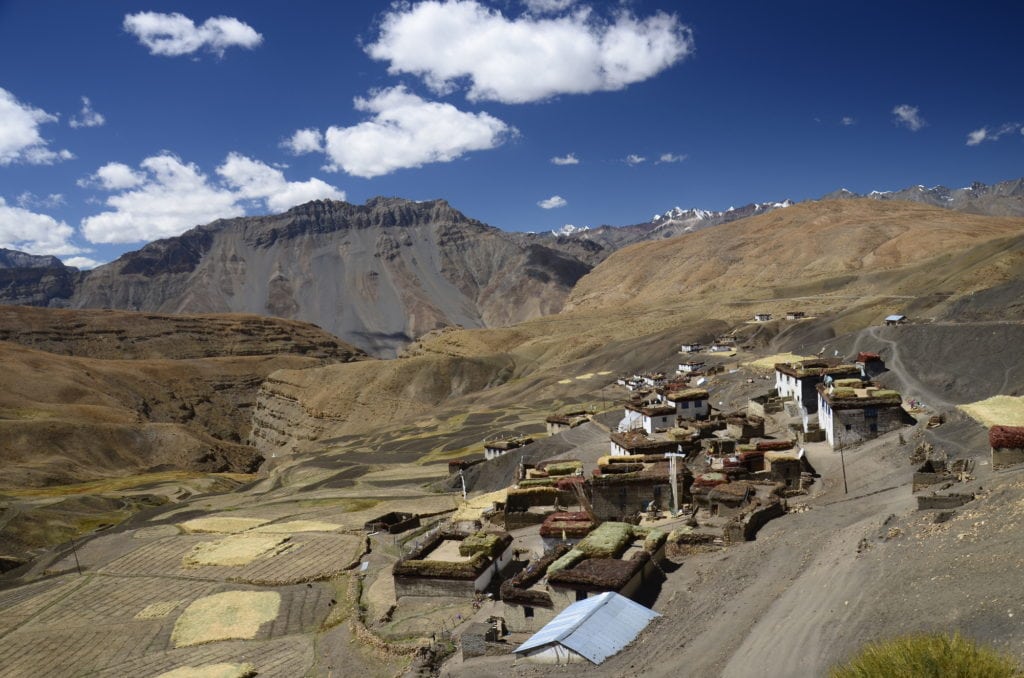
Around Langza 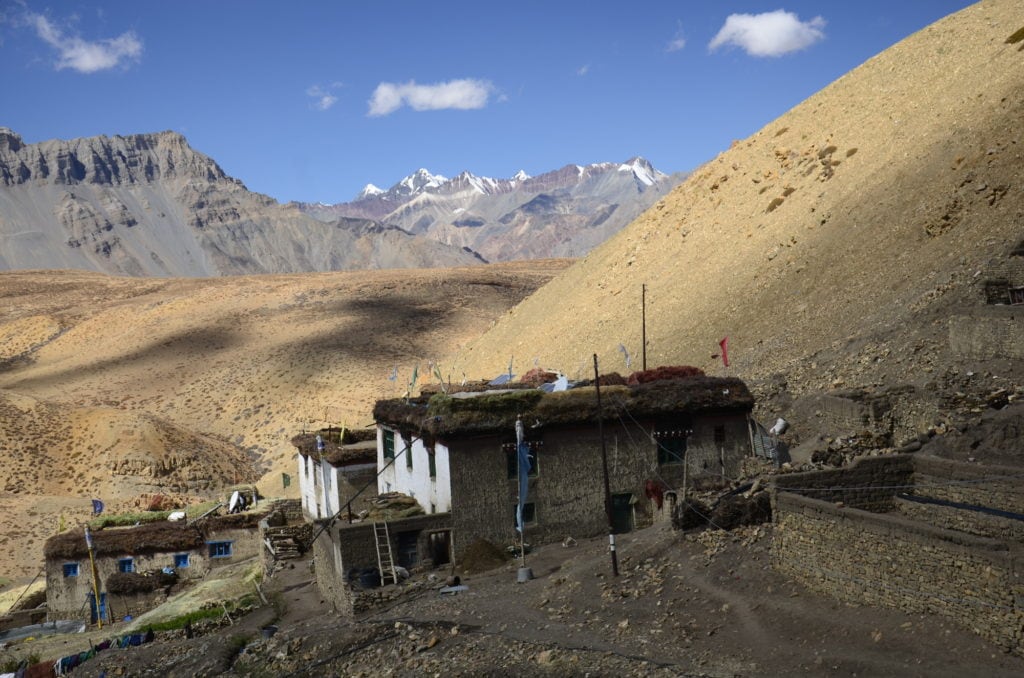
Around Langza 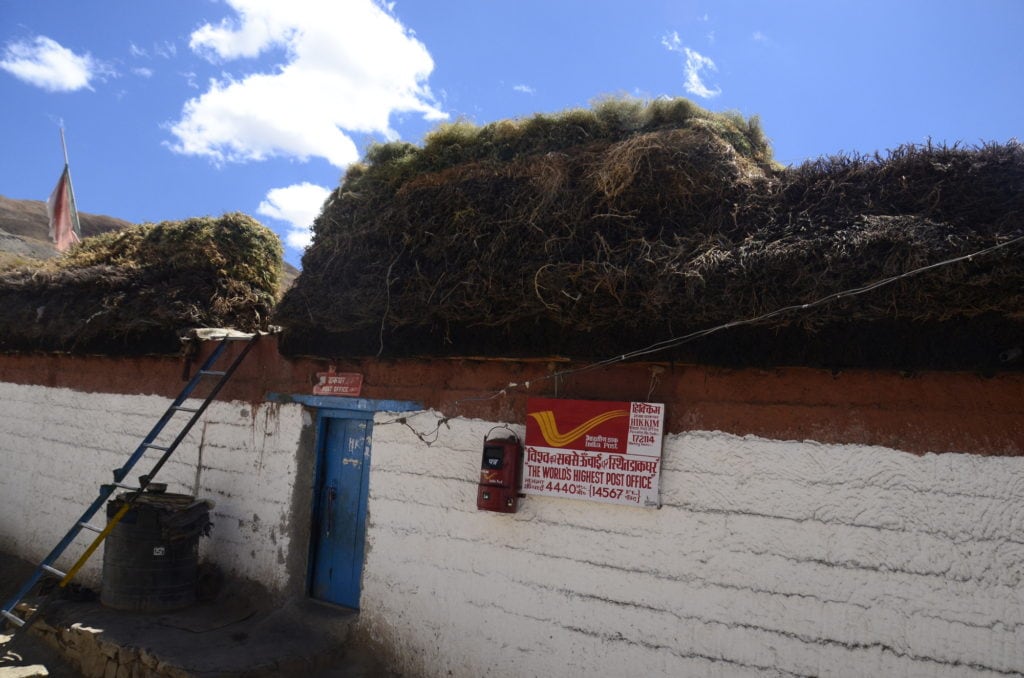
Post office of Hikim
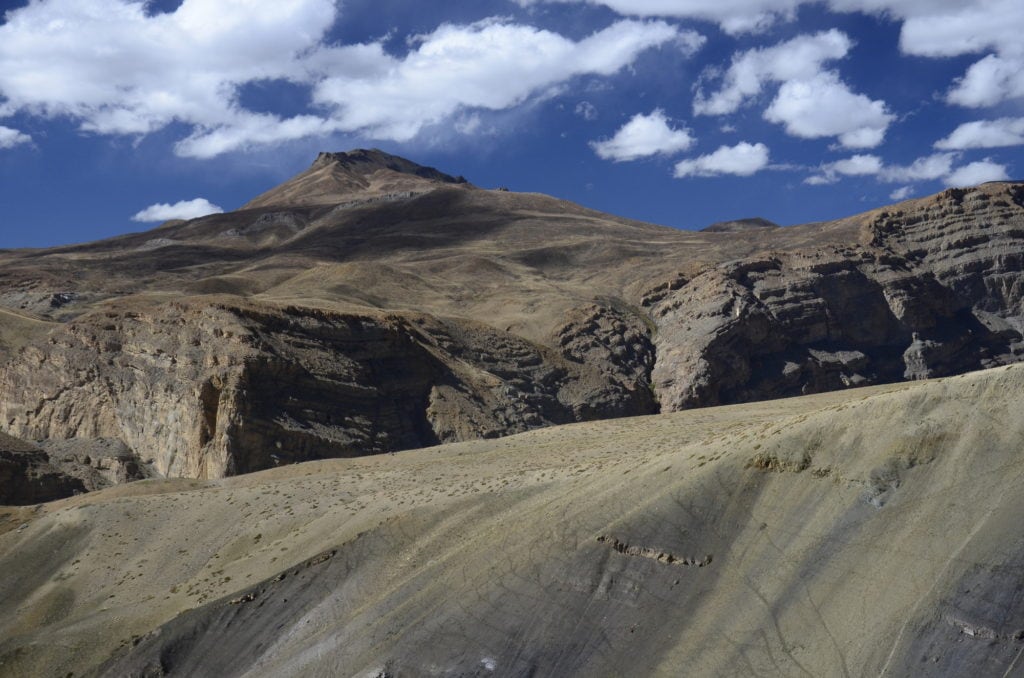
The landscape of Langza

Harmony lived each day, Triloknath
Triloknath. Temples of Himachal…14
Triloknath is a small, but primary temple in Lahaul valley of Himachal. The valley is cut off for six months each year. The snow blocks the passes and the residents just live out the winter. Every now and then, a chopper addresses emergencies; and drops firewood when the winter sours. That will soon change as the tunnel near Manali will make it accessible all year.
The Chandrabagha, as Chenab is called in Lahaul, defines the Lahaul valley. A thin strip of green stretches on the sides of the river continuously. Then suddenly there is a sharp rock outcrop with a vertical face, almost as if someone worked on it. Across the river. Triloknath temple is on top of it.
It is a totally nondescript temple with a deep message. Its original identity is claimed as both Hindu and Buddhist, 1000 or 2000 years old. The deity is worshipped as Shiva by Hindus and as a bodhisattva by Buddhists. The form of worship defines harmony. There are both Hindu and Buddhist priests sitting together. The pujas alternate between the traditions every few hours. The festivals also keep flipping between Hindu, Buddhist and common festivals. This is not photo-op secularism but deep lived harmony.
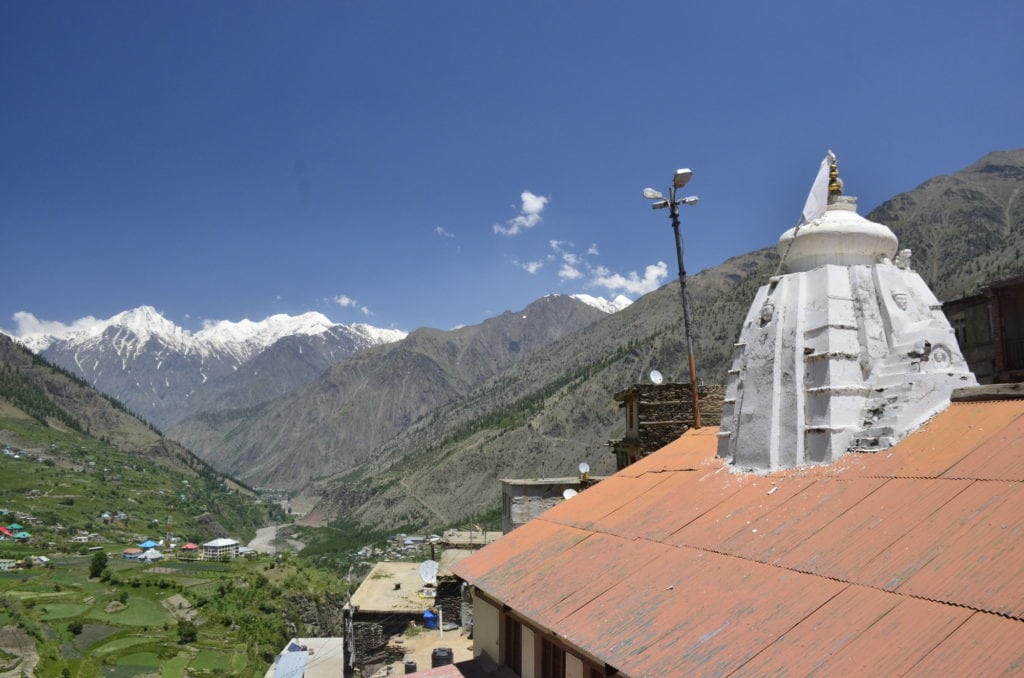
Triloknath towers above the Chandrabagha valley
The landscape around adds to the harmony. There are stunning patches of greenery amidst the sand and rock face. Chenab snaking through the thin valley. Suspension bridges adding mystery to the landscape. Streams cutting through mountain passes to feed Chenab. I was happy riding a scooter and took more than 4 hours to cover the 40 km distance along the valley.
Lived harmony in the temples of Himachal. Triloknath.
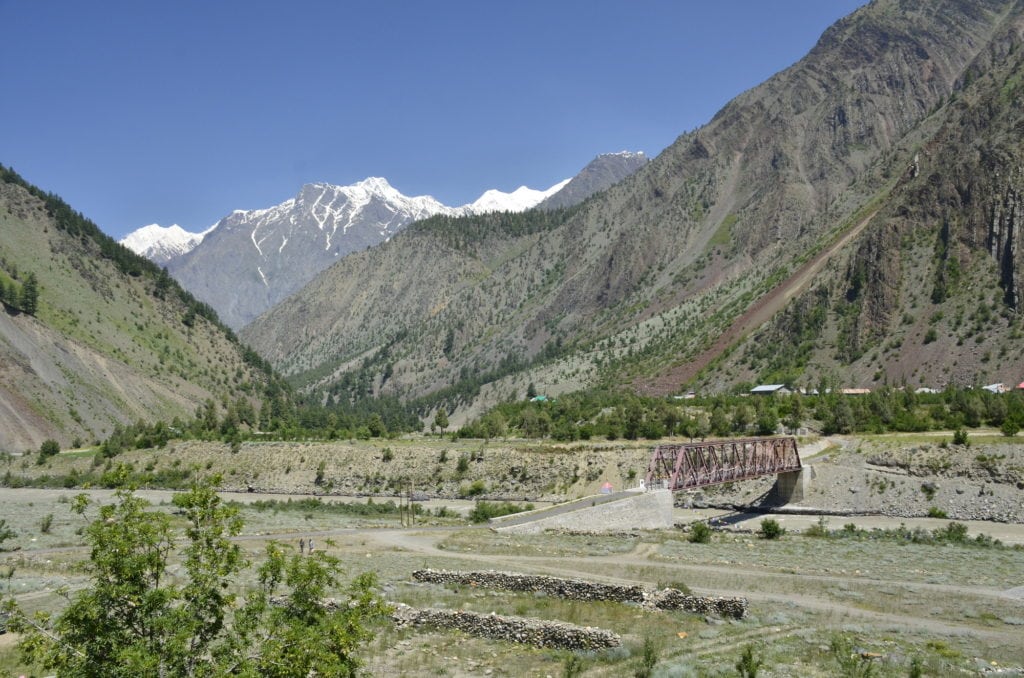
Chenab Valley
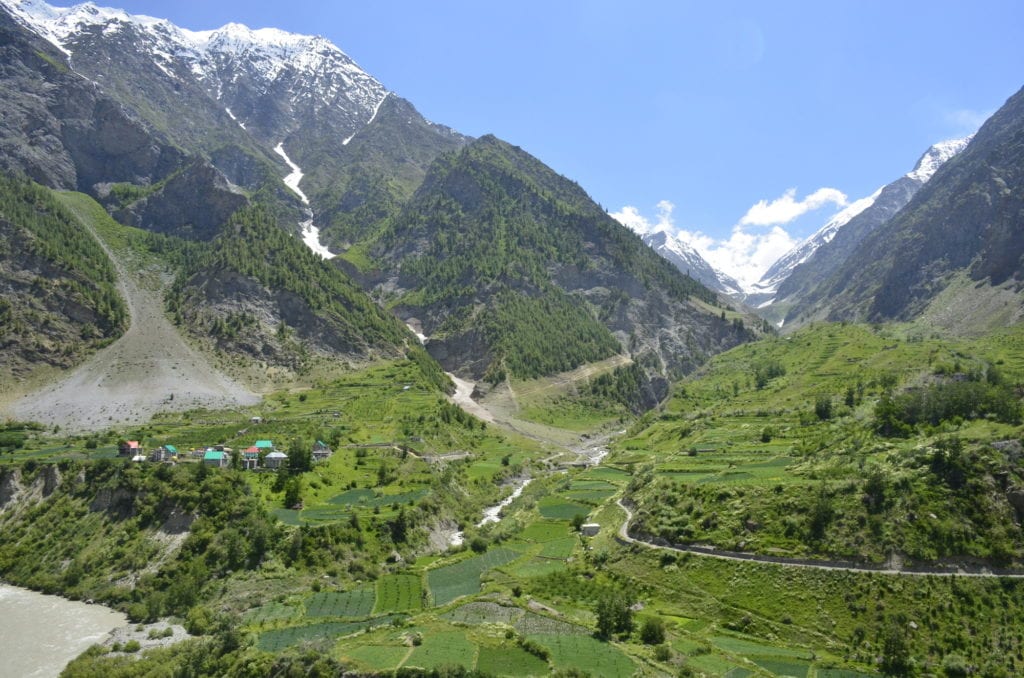
Around Trilokanath in Lahaul
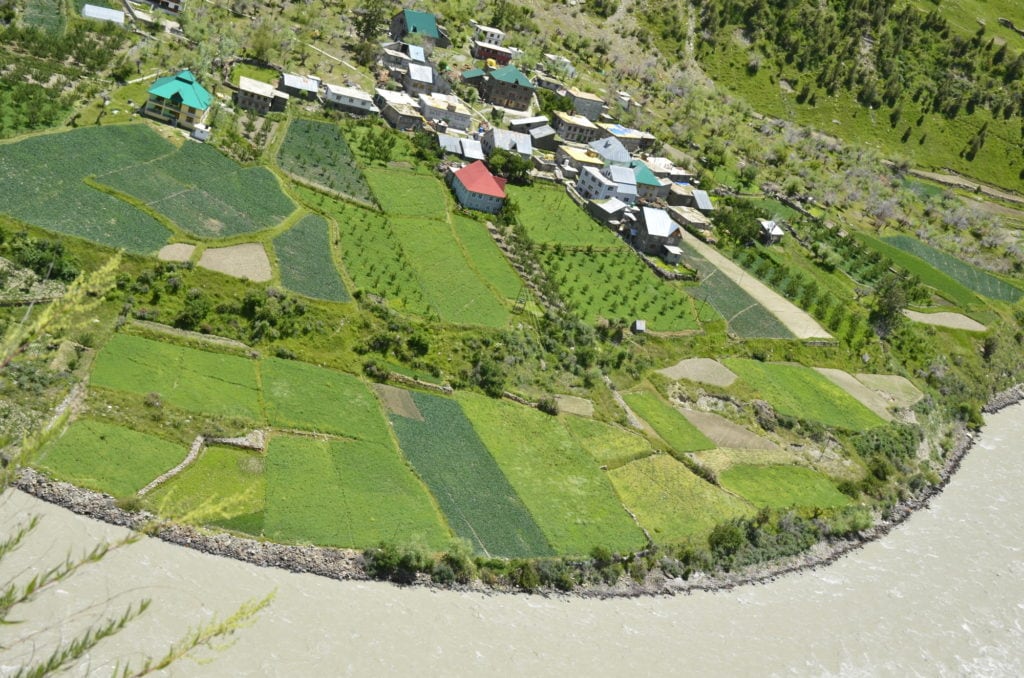
Farming at the riverfront of Chandrabagha
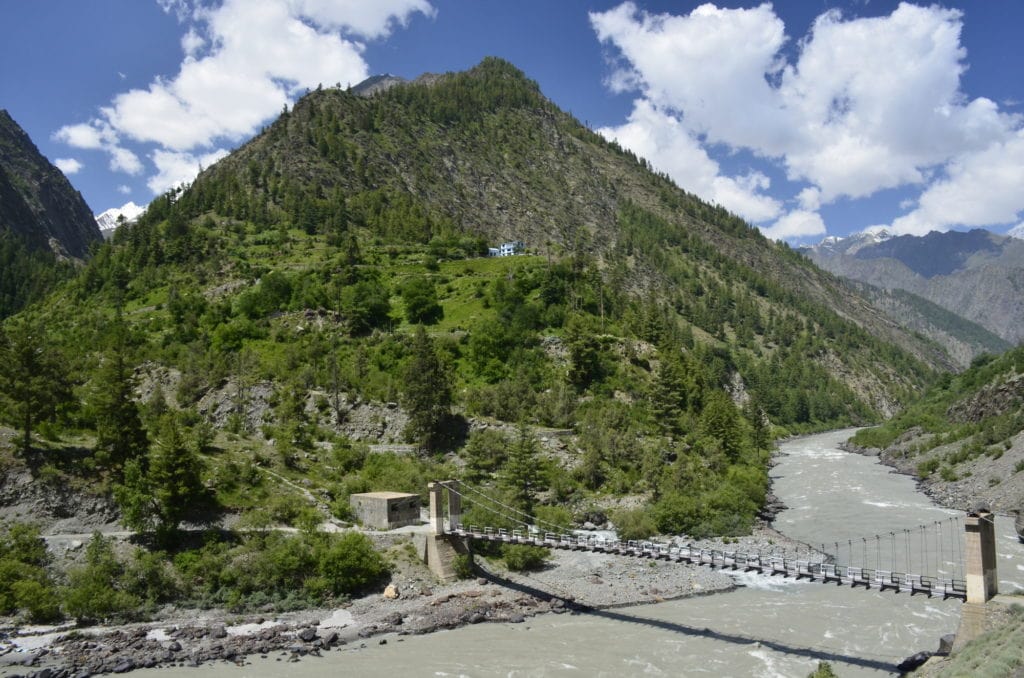
The many suspension bridges across Chandrabagha

Hanumanji at hilltop, Shimla
I go to the Jakhoo temple every time I visit Shimla. February 2019 was no exception. I had reached Shimla in the evening and it had soon started to snow. It was a gentle drift which became heavier in the night. I set out very early the next morning to the temple, maybe at 5.30 or 6 a.m. The snowfall had covered the town through the night. The landscape was completely white. The town was still asleep, perhaps saying “Life would anyway be slow, so why rush the morning?” With all the silence, the walk through the soft and sinking snow felt even quieter.
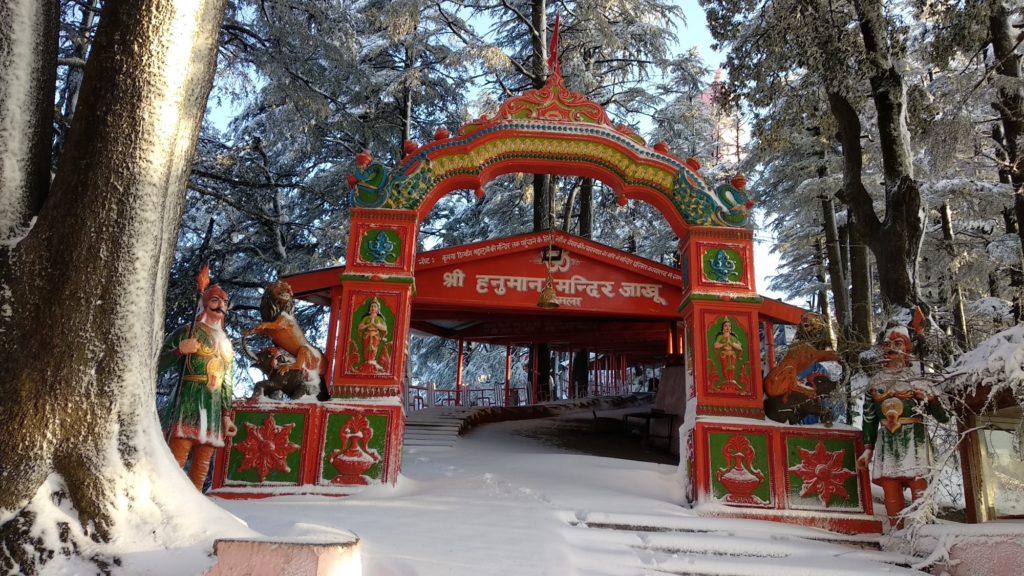
Last flight of steps before Jakhoo temple in Shimla
There was a bit of mystery ahead. In normal weather, the steep climb to Jakhoo takes just over thirty minutes. It snows heavier near Jakhoo and I was not sure if the route was even open. With legs sinking in calf deep snow, I was making only slow progress, but cheerful progress. The route was open but there were no other footmarks on the snow. The snowfall had been heavier near Jakhoo and my feet sank almost knee deep. When I reached Jakhoo I was the only devotee.
In warmer times, the climb itself is an experience. A small board just behind the public library at the ridge challenges you right at the start. It tells you how long you ought to take (age and fitness adjusted!). It is a steep climb for a third of the way winding past a café run by prisoners, some hotels, shops, a Church in disuse and some colonial bungalows. It levels out for the next one third of the way along a large playground and a row of houses. The last one-third is a steep climb on steps. This part is thickly wooded and full of aggressive monkeys. There is a somewhat inconvenient and slightly expensive rope-way. There is also a long winded road that takes you through all of Shimla’s traffic. You can avoid the climb with either of these, but you should climb for the experience and the memories.
The temple is at the top of the ridge and is the highest point in Shimla. It marks the place where Hanumanji heard Sage Yakoo’s chanting and stopped, before resuming his search for Sanjeevini. The temple complex has a 108 feet tall Hanumanji who looks down at the mall road and Shimla ridge below. The sunrise and the sunset are fabulous at Jakhoo. The slanting rays break through the tree leaves to light up the saffron coloured temple walls from different angles. The shadow of the trees adds to the effect. The evening aarti is great community experience.
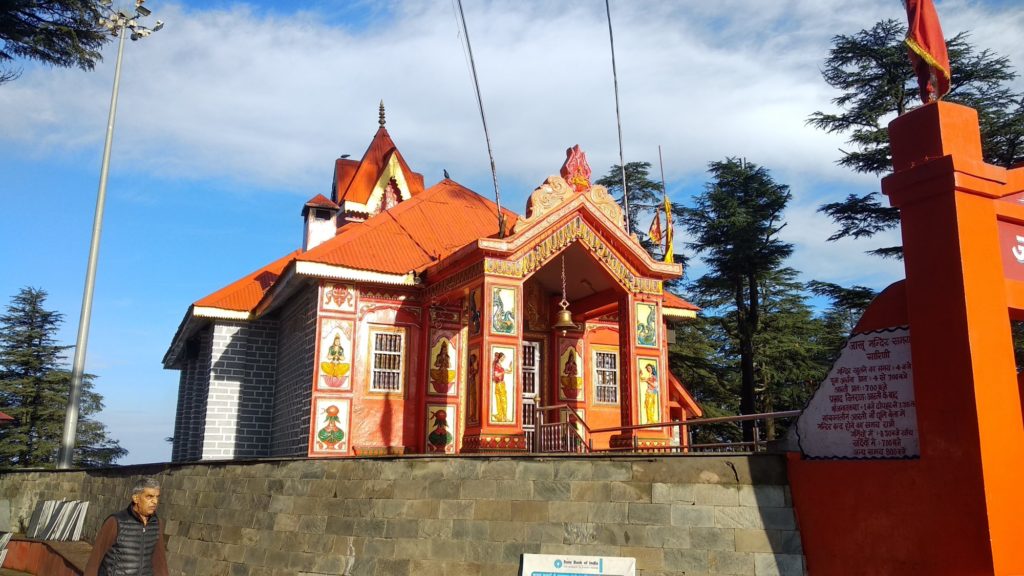
Sunrise at Jakhoo temple

Jakhoo at Sunset
The Panditji is of a ripe age and perhaps lives at the ridge itself and must have served Hanumanji for several decades. He serves the devotees tirtha, some prasad, a flower or two and then caringly applies the tika. He picks up every rupee offered to him and puts them in the hundi. Even if it was intended for him, he takes nothing of it for himself.
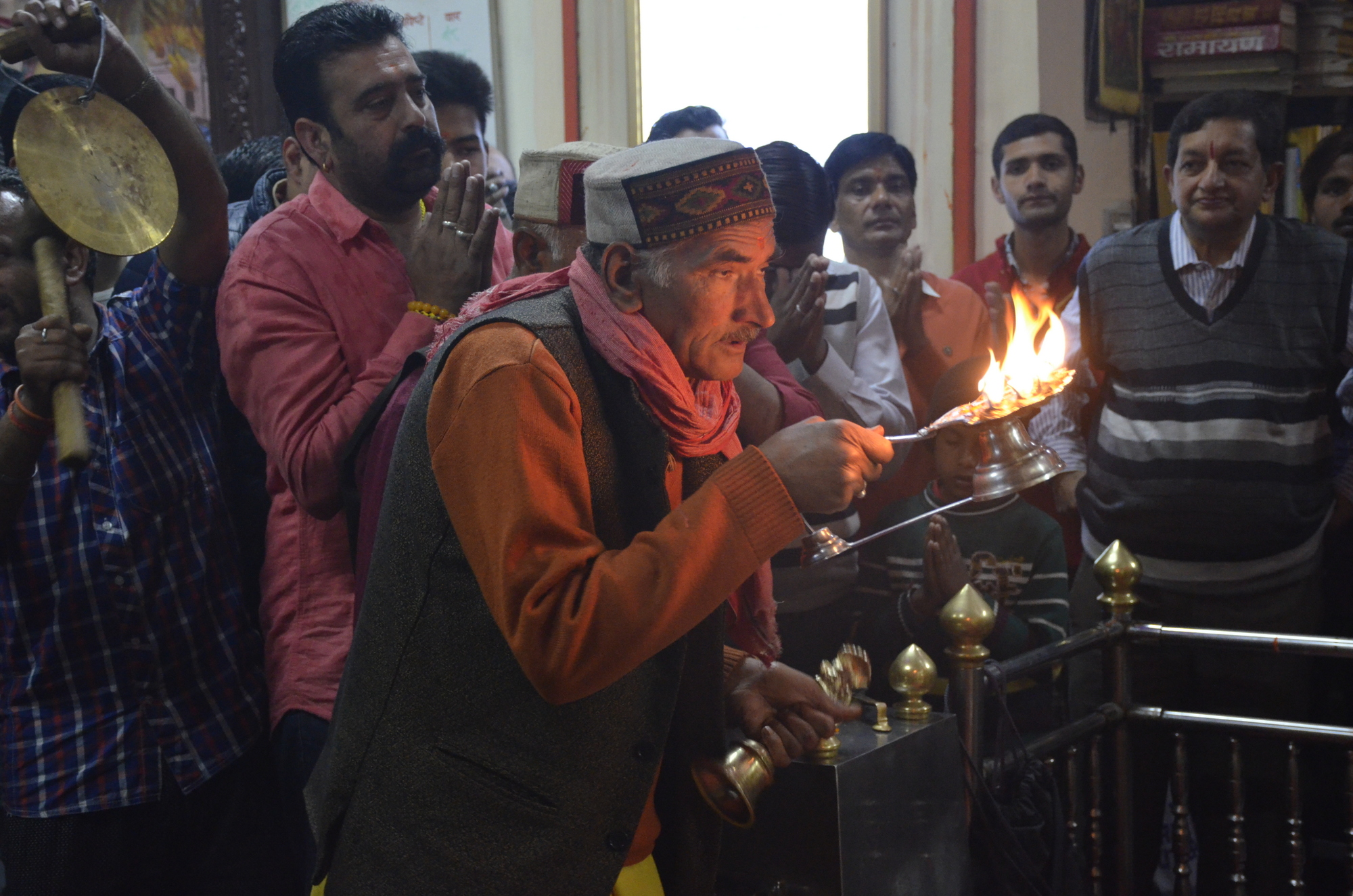
Evening Aarti
I had taken my drone along that morning. With freezing and numb fingers I managed to fly the drone for a few minutes. The drone’s eye view of Hanumanji standing amidst the blanket of snow was incredible. But the temperature took its toll. My thin gloves could not stop the cold that quickly turned into searing pain. I rushed down hoping for warmth. Luckily, ten minutes down, where the trail levels a bit to meet settlements, a tea stall was stirring to life. The owner looked at me and lit up a fire. Then brought me a cup of tea. Life came back. I have gone back twice since then for a warmer experience.
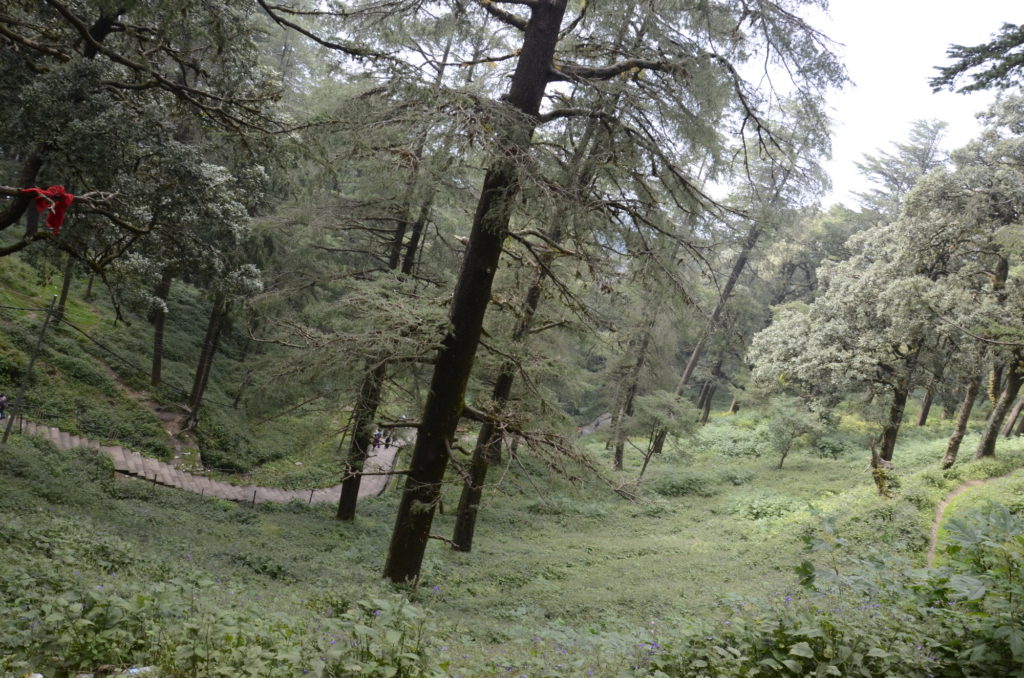
The climb to Jakhoo
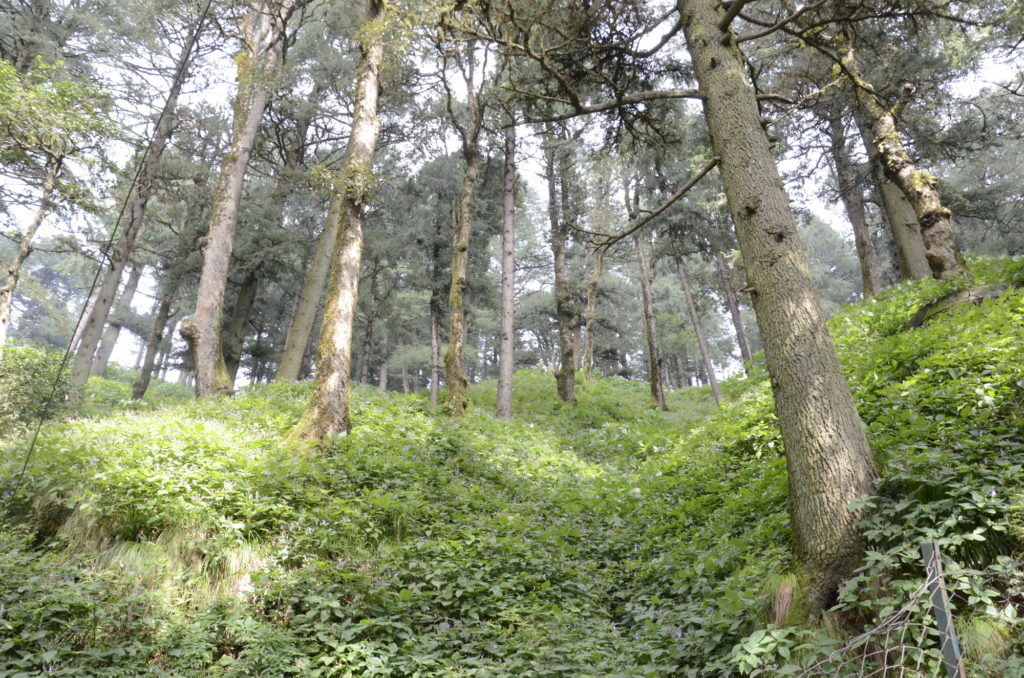
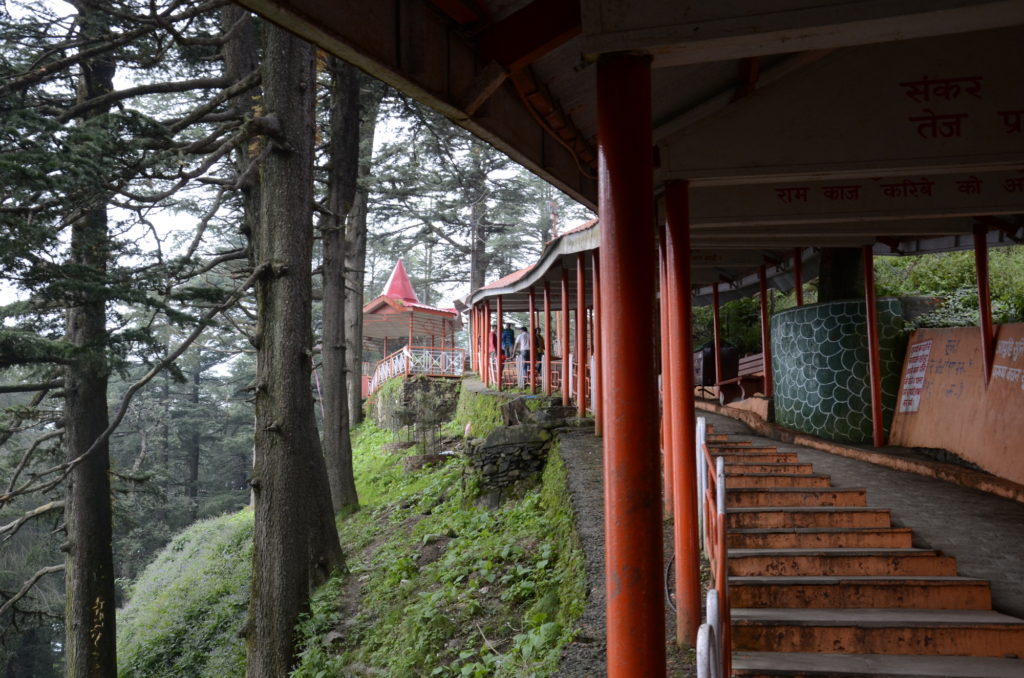
This last climb is a monkey kingdom

